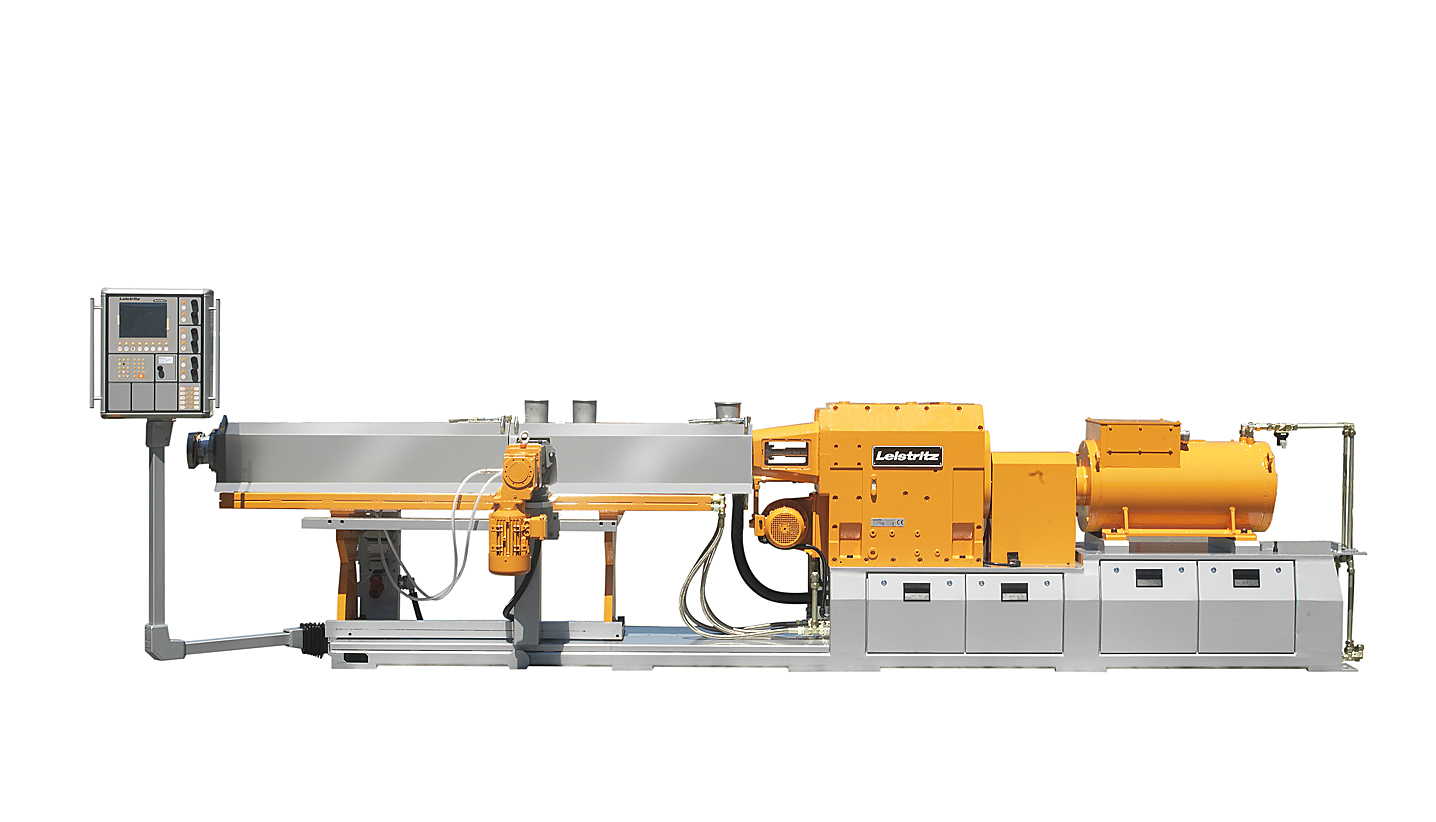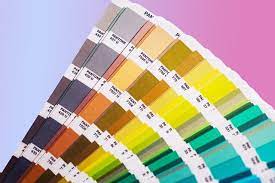
Use of carbon fiber continues to advance in U.S. automotive applications as design engineers look for ways to maintain stiffness, but reduce weight. In one of the more interesting examples, General Motors is using a blend of chopped carbon and glass fibers coupled with a proprietary nanoclay technology in a sheet molding application for the 2013 Corvette.
Weight of the 427 model needed to be reduced. “So we got to work on what we could do within sheet molding technology to take mass out,” says an engineering representative for the Corvette. GM and its manufacturing partner, Molded Fiberglass Co. (Ashtabula, OH), tested two blends of 15% by volume chopped carbon fiber reinforcement with 30% glass chopped fiber in a nano-based resin system, as well as the inverse ratios of the fibers. Mixes vary depend on strength needed for a specific application. “We only did this where we had to have the specific strength to accomplish the mechanical properties that we were challenged with.”
No capital investment was required because primary and secondary processes could be used. There was a 36% mass savings over traditional SMC for the parts involved, which included floors, rear surround, and wheel housings. Total weight savings was 15 pounds before any hardware was added to the components. Carbon and glass bobbins are used with a traditional compression molding machine. Materials costs are 15% higher in the carbon fiber system. Cycle times are maintained.
The shape of the nano clay structures also contributes to the strength of the parts. “They are more like corkscrews than platelets. You get more of a mechanical connection than you would with a platelet…by volume it’s essentially the same.” In another example, General Motors is using a single-piece woven carbon fiber construction for an air extractor in the Camaro ZL1. GM calls it the highest volume OEM carbon fiber part in production. Hood scoops are usually injection molded from polyamide or another engineering thermoplastic or stamped from steel or aluminum. Use of carbon fiber cut the weight by 50%.
Chrysler is now producing volumes at about 3,000 per year of a carbon composite hood assembly for the Viper. It’s described by Plasan Carbon Composites as the largest carbon fiber part provided to a mainstream auto OEM. The previous generation part was an assembly made from SMC. Plasan says that it has reduced the cost per pound of a bonded finished prepreg assembly by 39% since 2008. Carbon composites will be making a significant production breakthrough when full capacity comes on line in January for parts made with a new out-of autoclave process developed by Plasan.
Source : http://www.plasticstoday.com/articles/carbon-fiber-use-grows-us-automakers1009201201








